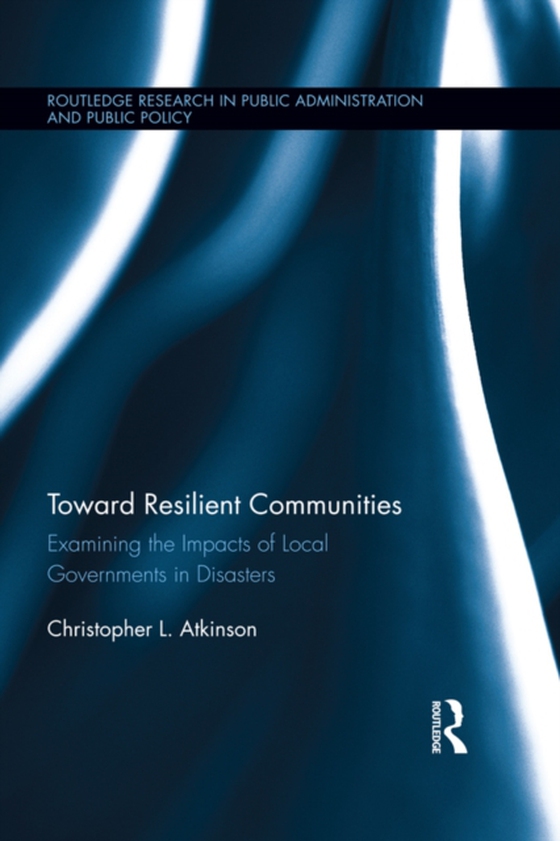
Toward Resilient Communities e-bog
348,37 DKK
(inkl. moms 435,46 DKK)
In June 2011, the city of Minot, North Dakota sustained the greatest flood in its history. Rather than buckling under the immense weight of the flood on a personal and community level, government, civic groups, and citizens began to immediately assess and address the event's impacts. Why did the disaster in Minot lead to government and community resilience, whereas during Hurricane Katrina, the...
E-bog
348,37 DKK
Forlag
Routledge
Udgivet
12 november 2013
Længde
206 sider
Genrer
Aid and relief programmes
Sprog
English
Format
pdf
Beskyttelse
LCP
ISBN
9781135124632
In June 2011, the city of Minot, North Dakota sustained the greatest flood in its history. Rather than buckling under the immense weight of the flood on a personal and community level, government, civic groups, and citizens began to immediately assess and address the event's impacts. Why did the disaster in Minot lead to government and community resilience, whereas during Hurricane Katrina, the non-resilience of the government and community of New Orleans resulted in widespread devastation?This book seeks to answer that question by examining how local government institutions affect pre- and post-disaster community and business resilience. Utilizing both survey methods and interviews, Atkinson analyzes the disasters that occurred in New Orleans, Louisiana, Palm Beach County, Florida, and Minot, North Dakota. He argues that institutional culture within local government impacts not only the immediate outcomes experienced during response, but the long-term prognosis of recovery for a community outside the walls of city hall. Understanding tendencies within a community that lead to increased vulnerability of both individuals and businesses can lead to shifts in governmental/community priorities, and potentially to improved resilience in the face of hazard events. Relevant to scholars of public administration, disaster researchers, and government officials, this book contributes to a growing literature on community and business resilience. It explores not just the devastation of natural disasters, but profiles governmental impacts that led to responsive and able processes in the face of disaster.
 Dansk
Dansk

